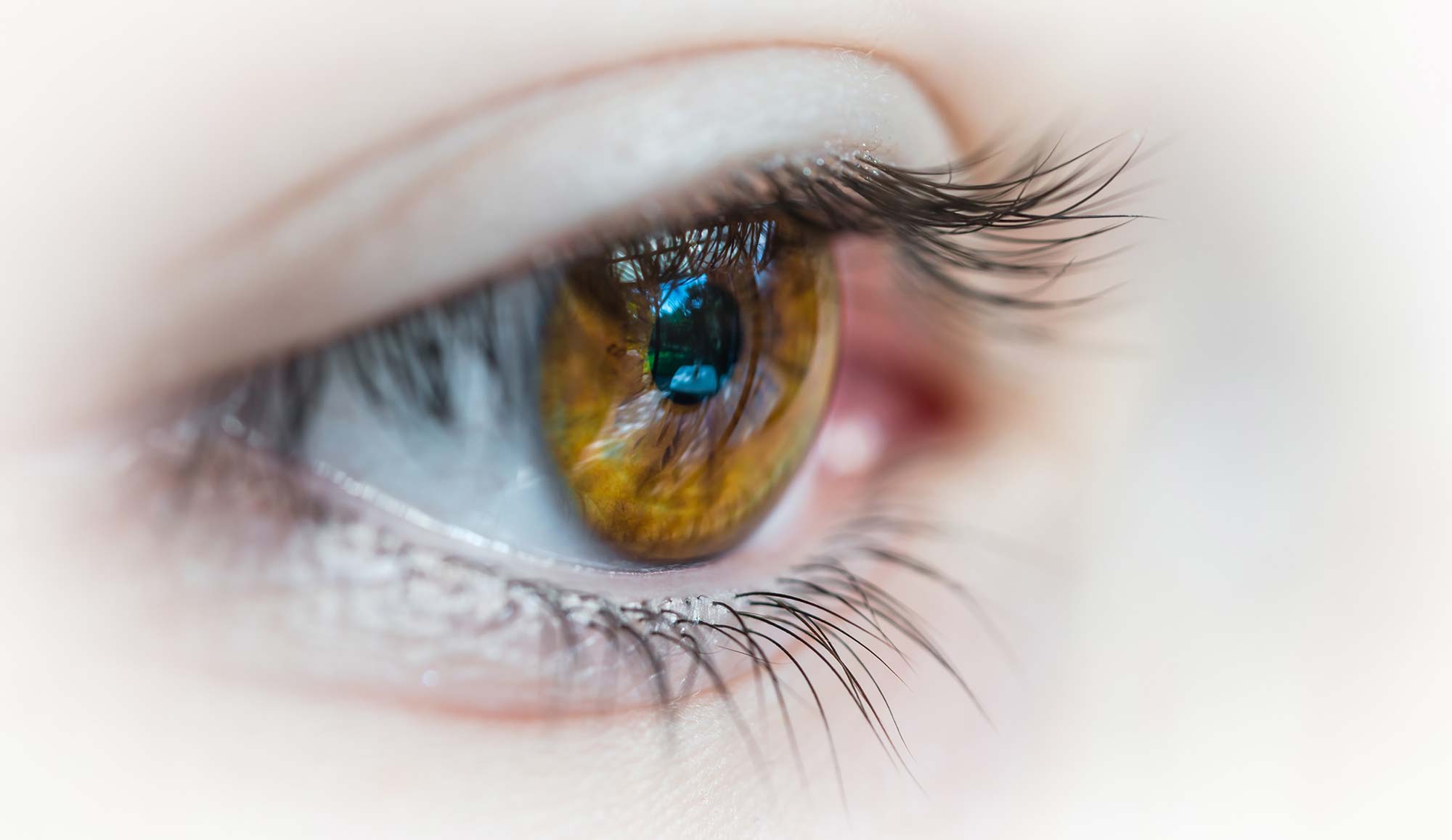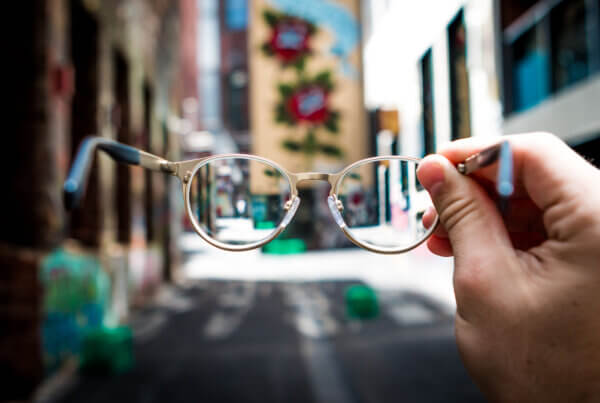What is Presbyopia? How Your Vision Changes as You Age
Presbyopia is a condition that causes your eyes to lose their ability to focus on things close by. This condition happens gradually over several years, with onset occurring sometime after age 40. The term presbyopia is Greek in origin, meaning “old eye,” which is why it is commonly referred to as the aging eye condition. It affects all of us as we get older, even those of us who are already nearsighted or farsighted in our younger years. It is not considered to be an eye disease.
Presbyopia Medical Definition
When light enters your eye, it passes through the cornea and pupil before passing through the crystalline lens. The lens is constantly flexed about by small ciliary muscles that surround it, pushing and pulling the lens to change its curvature. In this way, the eye is able to clearly focus on objects at varying distances.
As we approach our middle years, presbyopia causes the lens to begin losing elasticity. It becomes less able to adjust flexibly. The ciliary muscles also lose some of their strength and power. These physical changes to the eye result in less refined lens adjustments, causing light to refract imprecisely onto the retina. When this happens, your vision will be blurry as you try to focus on nearby objects.
Symptoms
Presbyopia symptoms are usually worst in the early morning or when you feel tired. Low light can also aggravate the problem. Symptoms and signs include:
• Blurry vision up close
• Difficulty focusing on close objects
• Problems reading fine or small print
• Needing to hold reading material at arms’ length –or further
• Headaches
• Eyestrain when working close up
• Eye fatigue
If you are experiencing any of these symptoms, you should visit with your eye doctor for an eye examination. If you already have eyeglasses or contacts and are experiencing these symptoms, it may be time for an adjustment to your prescription.
Diagnosis
A presbyopia diagnosis can be officially given during an eye examination by an optometrist or ophthalmologist. During the examination, the doctor will test your vision by asking you to read through different lenses of varying strength. Your doctor will also screen for disease or other vision disorders. A standard eye exam takes about 30 minutes time. If a more comprehensive examination is needed, your doctor will dilate your eyes with special eye drops. These drops allow a more in-depth look at the inside of your eyes. A comprehensive examination may take as much as 1.5 hours of time.
Treatment
No presbyopia treatment will permanently cure this eye condition. It is a normal part of the aging process and currently cannot be reversed. However, you can correct the problem and get relief from your symptoms with presbyopia glasses or presbyopia contact lenses.
Presbyopia lenses are a common treatment suggestion due to the excellent results available for patients. These glasses or contacts can be designed with customized progressive addition lenses. Custom features can be included in the progressive lenses and they can be designed for people who:
• Spend a lot of time at the computer
• Drive a lot
• Read very little
• Often participate in sports, such as golf, tennis, etc.
The best thing you can do is talk to your eye doctor about your lifestyle, to ensure the lenses are custom created to fit your needs.
Presbyopia eye drops as a new correction therapy are still in early development. The drops are designed to temporarily restore crystalline lens flexibility and create a pinhole effect to compensate for poor lens refraction. Current studies are still underway.
If you’re struggling with vision problems, call us today for an appointment with a friendly and experienced eye doctor to learn about your treatment options.






